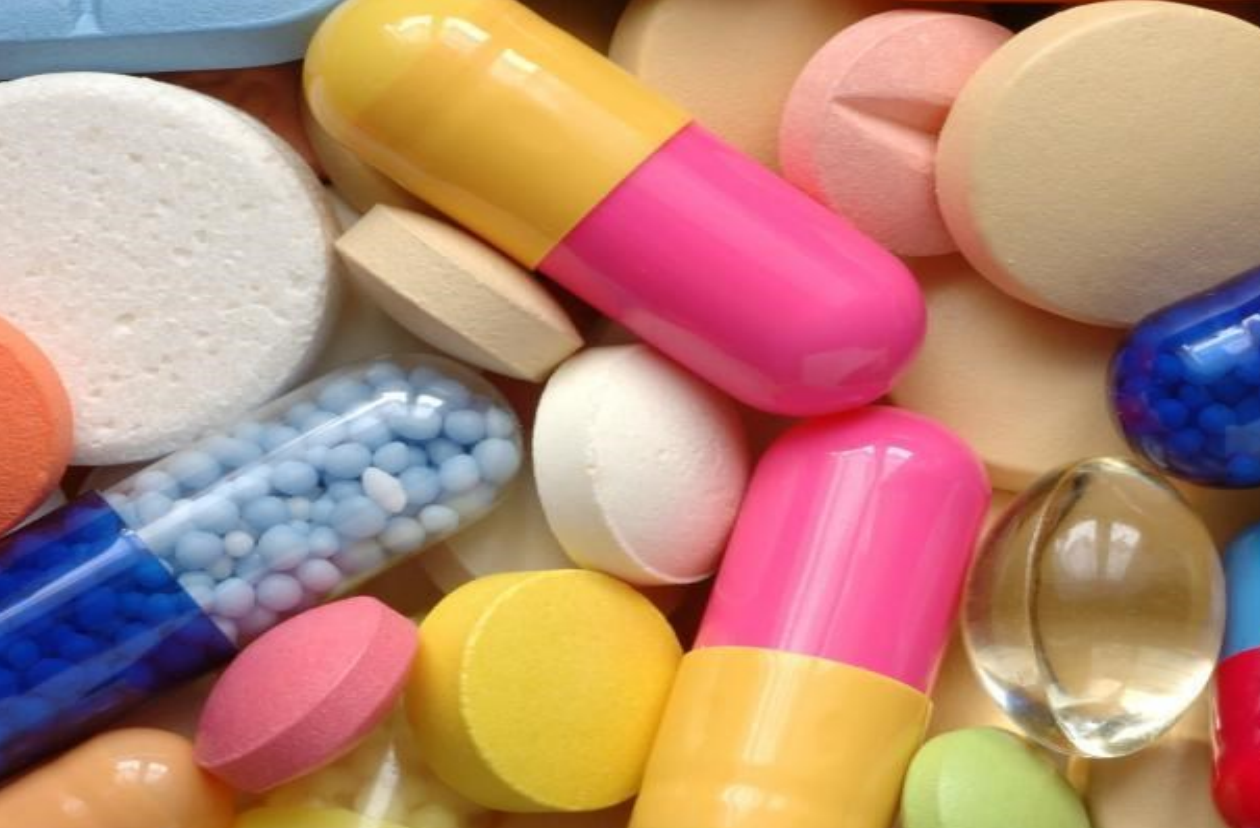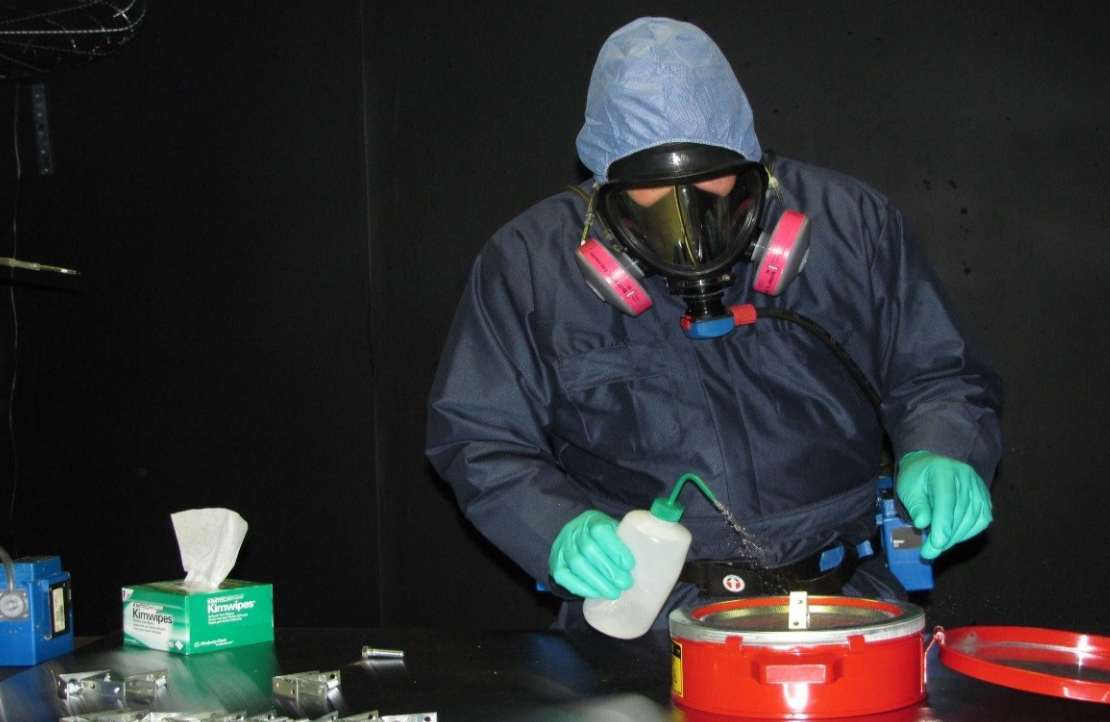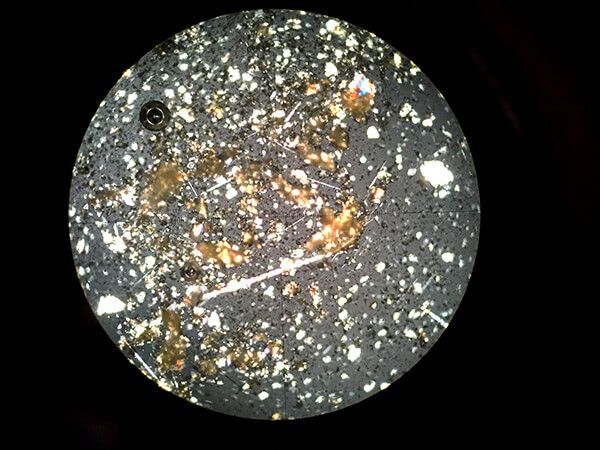Making Informed Choices: Establishing Safety and Quality in Children's Clothing
Ensuring Comfort and Compliance: A Parent's Guide to Navigating Children's Clothing Safety

When it comes to buying clothing for your children, making informed decisions is crucial to ensure their safety and comfort. As parents, it’s essential to be aware of the various safety concerns and regulatory standards that govern children's apparel. This comprehensive guide will delve into the key aspects you need to consider, from understanding regulatory requirements to recognizing the importance of testing and certification.
Understanding Safety Standards and Regulations
Children’s clothing is subject to stringent safety regulations enforced by the U.S. Consumer Product Safety Commission (CPSC). These regulations are designed to protect children from potential hazards associated with clothing, such as flammability, choking hazards, and exposure to harmful chemicals. Here's what you need to know:
1. Flammability Standards:
The CPSC mandates flammability tests for children's clothing to ensure that fabrics do not easily catch fire. Specific requirements are in place for children's sleepwear, which must adhere to stricter standards to prevent burn injuries. Parents should look for labels indicating compliance with these standards. Sleepwear, in particular, must pass the more rigorous flammability tests or be snug-fitting to reduce the risk of fire-related injuries. [1]
2. Chemical Safety:
Children's clothing must be free from harmful chemicals such as lead and phthalates. These substances can pose significant health risks, including developmental issues and hormonal disruptions. Ensure the clothing you buy is tested and certified to be free from these toxic chemicals. Additionally, parents should be aware of other harmful substances like formaldehyde and azo dyes, which can cause allergic reactions and skin irritations. [3]
For a deeper understanding of chemical exposure and safety standards, read our detailed analysis in Understanding Bromopropane Exposure.
3. Drawstrings and Small Parts:
Clothing with drawstrings, especially around the neck and waist, poses a strangulation hazard. The CPSC has regulations that limit the use of drawstrings in children's outerwear. Additionally, small parts like buttons and decorative elements should be securely attached to prevent choking hazards. It’s essential to inspect these elements regularly to ensure they remain firmly in place. [4]
The Role of MAS in Ensuring Safety
Materials Analytical Services (MAS) plays a vital role in helping parents choose safe and high-quality clothing for their children. By providing rigorous testing and certification services, MAS ensures that children's apparel meets all safety and quality standards. Here's how MAS contributes to safer children's clothing:
1. Comprehensive Testing Services:
MAS conducts a wide range of tests on children's clothing, including flammability, chemical safety, and physical safety tests. These tests are performed at our certified laboratory in Suwanee, GA, ensuring accuracy and reliability. Our testing protocols are designed to simulate real-world conditions, providing comprehensive safety evaluations.
Explore how MAS is leading advancements in trace metal testing, crucial for maintaining high safety standards, in our post on Modernizing Trace Metal Testing.
2. Certification and Labeling:
Products that pass our comprehensive testing and analyses receive certification labels from our sister company MAS Certified Green®, indicating they have met all regulatory requirements. Look for these labels when shopping for children's products to ensure you are purchasing safe and compliant products. These labels serve as a mark of assurance, reflecting that the product has undergone thorough scrutiny.
3. Ongoing Monitoring and Compliance:
MAS not only tests products before they reach the market but also conducts ongoing monitoring to ensure continued compliance. This helps identify and address any emerging safety concerns, providing parents with peace of mind. Regular audits and surprise inspections are part of their strategy to maintain high safety standards.
Discover additional efforts by MAS in ensuring toy safety, particularly regarding water beads, in Keeping Kids Safe: How MAS Tackles Water Bead Hazards in Toys.
Making Informed Purchasing Decisions
As parents, it’s important to stay informed about the latest safety standards and best practices for purchasing children's clothing. Here are some tips to help you make informed decisions:
1. Check Labels and Certifications:
Always check for labels indicating compliance with safety standards. Look for certifications from reputable testing organizations like MAS. These labels are your assurance that the clothing has been tested and meets stringent safety criteria.
2. Be Cautious with Online Purchases:
When buying clothing online, ensure the retailer provides detailed product information, including safety certifications. Avoid products with vague descriptions or missing safety labels. Reading reviews and checking for certification logos can also help ensure you’re making a safe choice.
3. Choose Quality Over Price:
While it might be tempting to opt for cheaper options, investing in high-quality, certified clothing ensures your child's safety and comfort. High-quality materials are less likely to contain harmful chemicals and are more durable. Remember, cheaper alternatives might save money initially but could pose health risks and require more frequent replacements.
4. Stay Updated on Recalls:
Stay informed about product recalls and safety alerts issued by the CPSC. This information can help you avoid purchasing or continuing to use potentially hazardous clothing. Subscribing to safety alert newsletters and checking the CPSC website regularly can keep you updated on the latest recalls.
5. Understand Size and Fit:
Ensuring that clothing fits properly is not only about comfort but also about safety. Clothes that are too tight can restrict movement and circulation, while overly loose clothing can increase the risk of entanglement or tripping. Always refer to size charts provided by manufacturers and consider trying on clothes before purchasing, if possible.
6. Opt for Organic and Natural Fibers:
Opting for organic and natural fibers can further reduce the risk of chemical exposure. These materials are grown without harmful pesticides and are processed with fewer chemicals, making them safer for children’s sensitive skin. Additionally, organic materials are often more breathable and comfortable for children to wear.
7. Regular Inspection and Maintenance:
Regularly inspecting your child’s clothing for wear and tear, loose buttons, or broken zippers can prevent potential hazards. Promptly repairing or replacing damaged clothing ensures continued safety. Teach children to report any discomfort or issues with their clothing, encouraging proactive care.
The Importance of Consumer Awareness
Consumer awareness plays a crucial role in enhancing the safety and quality of children's clothing. By staying informed and proactive, parents can advocate for better safety standards and encourage manufacturers to prioritize safety.
1. Advocacy and Education:
Joining consumer advocacy groups or participating in community education programs can help spread awareness about the importance of clothing safety. These efforts can lead to improved regulations and safer products on the market.
2. Feedback to Manufacturers:
Providing feedback to manufacturers about safety concerns or preferences can influence their product development. Companies that listen to consumer feedback are more likely to produce safer and higher-quality clothing.
3. Supporting Ethical Brands:
Choosing to support brands that prioritize safety, sustainability, and ethical practices can drive positive change in the industry. Ethical brands often go beyond basic regulatory requirements to ensure their products are safe, environmentally friendly, and produced under fair labor conditions.
Conclusion
Ensuring the safety and quality of children's clothing is a shared responsibility between parents, manufacturers, and regulatory bodies. By understanding safety standards and relying on trusted testing organizations like MAS, parents can make informed decisions and provide the best for their children. Remember to prioritize safety and quality over price and stay informed about the latest safety regulations to keep your little ones safe and comfortable. With proactive measures and continued vigilance, we can create a safer environment for our children, allowing them to explore and play without unnecessary risks.
In conclusion, being diligent about the safety and quality of children’s clothing is crucial. By staying informed, choosing certified products, and relying on reputable testing organizations like MAS, parents can ensure their children’s comfort and safety. Whether it's avoiding harmful chemicals or ensuring clothes meet stringent flammability standards, every step taken contributes to a safer, healthier environment for our kids. Taking these steps not only protects our children but also promotes a culture of safety and responsibility in the apparel industry.
Additional Resources
For parents seeking more information, numerous resources are available to help make informed choices about children's clothing, and we are here to help direct you on the right path. Call or email MAS today. We are happy to answer your questions and concerns, and potentially run tests on any children’s products for you, as a precaution for the safety of your family.
Websites like the CPSC provide detailed guidelines and updates on safety standards. Additionally, subscribing to parenting magazines and online forums can offer valuable tips and community support. Local consumer protection agencies and non-profit organizations dedicated to child safety also provide resources and advocacy opportunities. By leveraging these resources, parents can stay educated and proactive in ensuring their children's clothing is safe and comfortable.
Sources
1. U.S. Consumer Product Safety Commission. (n.d.). Flammable Fabrics Act. Retrieved from [https://www.cpsc.gov/Regulations-Laws--Standards/Statutes/Flammable-Fabrics-Act]
2. U.S. Consumer Product Safety Commission. (n.d.).Children's Sleepwear. Retrieved from [https://www.cpsc.gov/Business--Manufacturing/Business-Education/Business-Guidance/Childrens-Sleepwear]
3. U.S. Consumer Product Safety Commission. (n.d.). Phthalates Information. Retrieved from [https://www.cpsc.gov/Business--Manufacturing/Business-Education/Business-Guidance/Phthalates-Information]
4. U.S. Consumer Product Safety Commission. (n.d.). Drawstrings in Children's Upper Outerwear. Retrieved from [https://www.cpsc.gov/Business--Manufacturing/Business-Education/Business-Guidance/Drawstrings-in-Childrens-Upper-Outerwear]
Resources
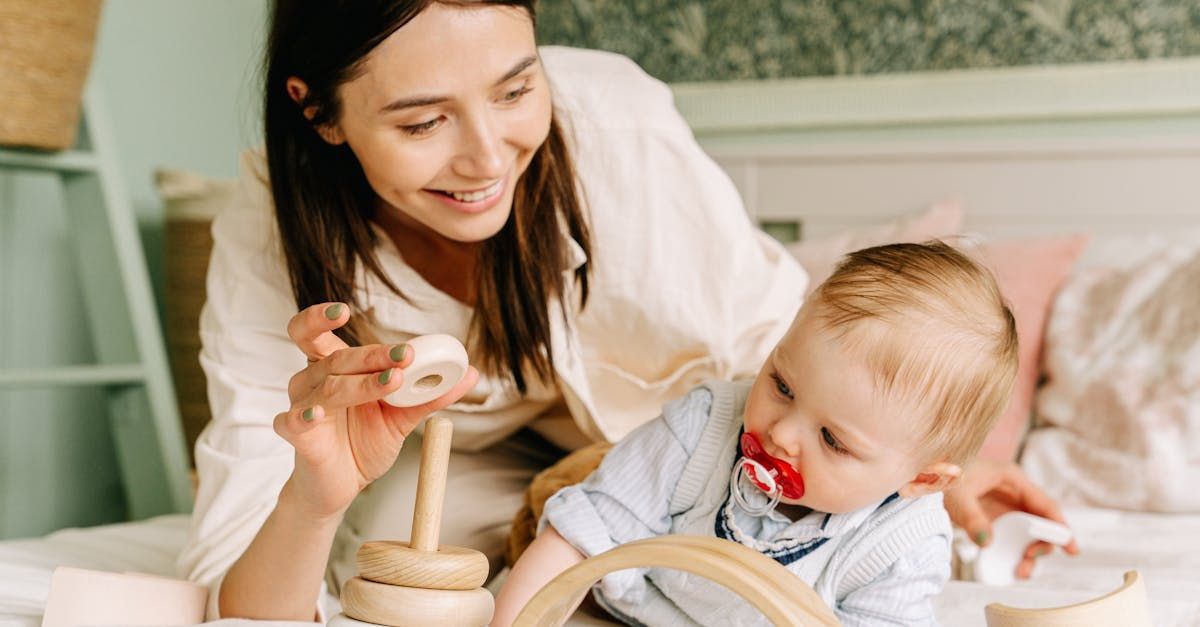
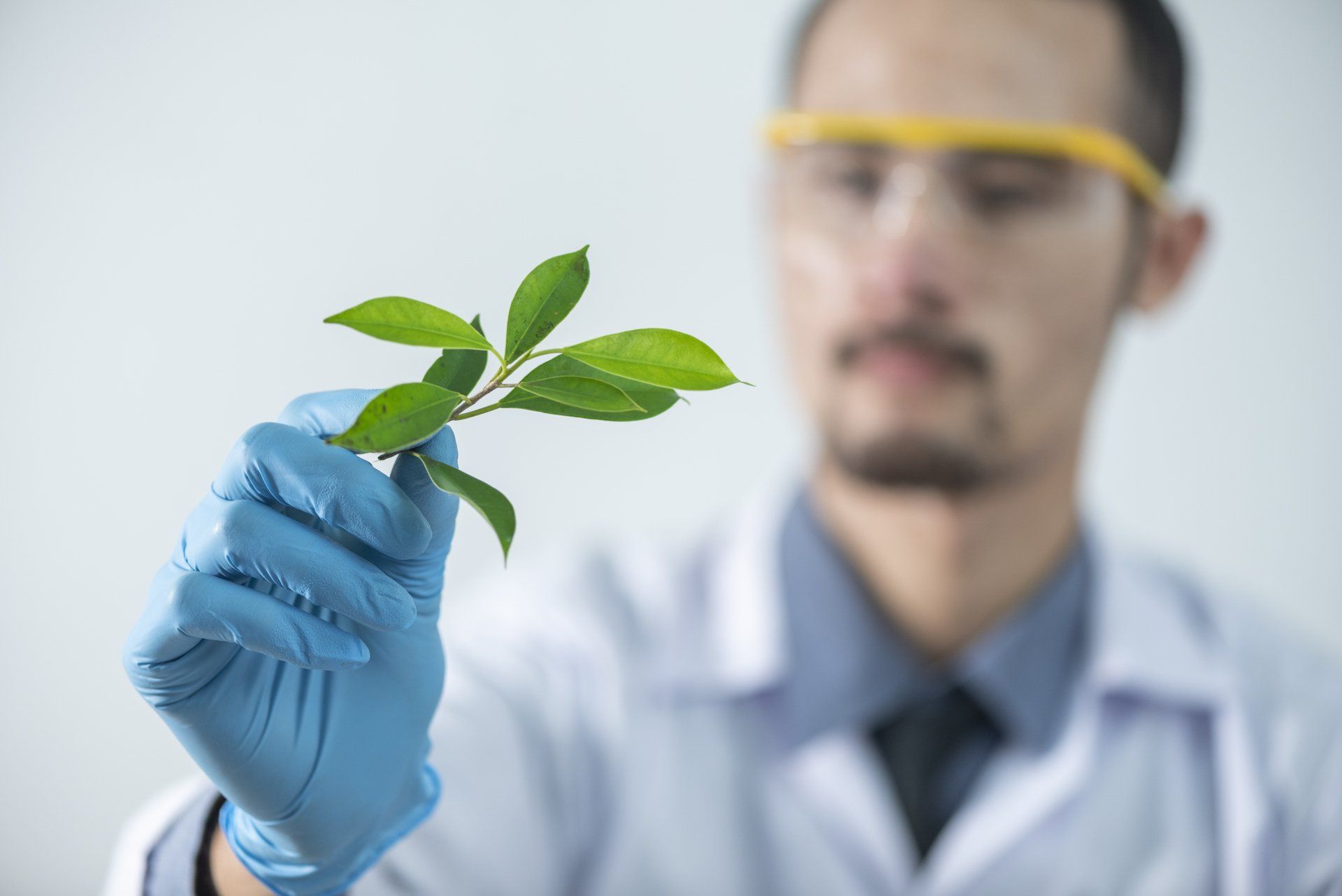

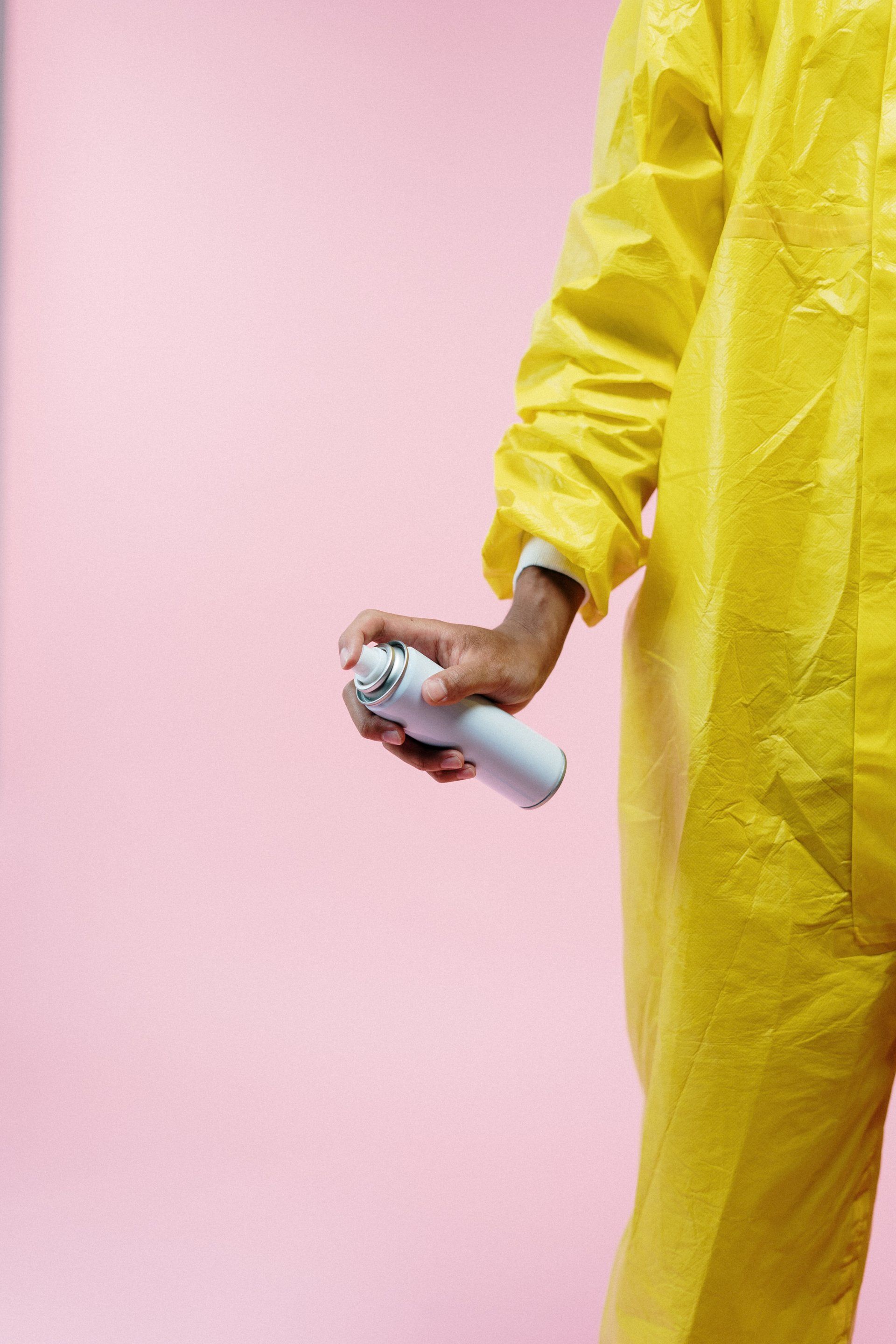

QUICK LINKS
CONTACT
© 2024 Materials Analytical Services, LLC. All rights reserved.


